
The negative connotation associated with the term ‘atheist’
To be labeled an atheist or godless often has an insulting and derogatory connotation.
It implies that one denies worship, denies morals, denies any spiritual or social obligation and denies a religious life. This in no way describes the teachings of Buddha.
The terms atheist and godless are also often associated with one who subscribes to an entirely materialistic belief system, a doctrine that knows nothing beyond worldly senses and the slight, temporary happiness it can bestow.
Buddhism advocates nothing of the sort. Both Buddhists and followers of other religions believe that true and lasting happiness cannot be found in the material world.
In only one sense can Buddhism be described an atheistic religion – Buddhism denies existence of a Creator God, being an eternal omnipresent God who created the world and who can miraculously save others.
Unlike some other beliefs, Buddhists do not believe that a certain god will appear in this world at some future date to destroy the wicked, unsaved people and to protect the good ones.
Similarly, in Buddhism, there is no belief that someone can wash away their sins simply by asking for forgiveness.
Buddhists believe that redemption is only possible when people sincerely realize that what they are doing is wrong and then subsequently try to change their ways and do good.
It is only through this process that a sinner can counter the bad Karma that has accrued to them based on their evil deeds.
Although Buddhism does not depend on a Creator God, Buddhism emphatically recognizes the existence of moral and spiritual values.
Moreover, Buddhists believe in humanity – we believe that each human being is precious and important and that everyone has the potential to develop into a perfect human being.
The problems with religions based on Creator Gods
All theistic religions consider their concept of God to have ultimate authority over humans.
This supposed sacred authority can be dangerous as it can blindly strip us of our individuality and freedom.
These God-religions attempt to make you a follower and preach that the only true path to salivation is through God.
Under these theistic religions, it is possible for a person to have led a perfectly righteous and virtuous life, but still be condemned to eternal hell since he or she didn’t believe in the existence of a particular group’s idea of God.
On the other hand, someone may have led a life of sin, yet made a repentance before death, and thus that person can be forgiven and ‘saved.’
Buddhists believe there is no rational justification for this type of teaching.
However, as we discussed in detail in Buddhist Views on Religion, Race and Tolerance, it is critically important that we show respect and tolerance to everyone regardless of their religions views.
The benefits of religions based on Creator Gods
Although Buddhism has succeeded as a peaceful religion without incorporating a creator-god, we cannot overlook the fact that the believe in God has done a great service to mankind.
First, the believe in God has helped people control their animal nature.
Secondly, much help and charity has been given to others in the name of god. Many people also find inspiration and protection when the belief of god is in their mind.
Given these benefits, it is easy to see why so many people find the god concept so desirable.
Buddha was not a god
Unlike most other religions, Buddhism does not claim to have originated from heaven.
Buddha never said that he was the son of God, the messenger of God or a reincarnation of a God.
In fact, Buddha emphasized himself that he was not a god, rather he declared himself a simply a human being who was “full awake” and aware of the true nature of existence.
Buddha asked not to be worshiped by his followers but encouraged his followers to look deeply inside their own minds to answer fundamental questions about life, death and happiness. As such, Buddhists do not worship Buddha as a god or deity.
Although many Buddhists have statues and other Buddhism symbols in their homes and place of worship, this is done only as a reminder of our ability to have wisdom and compassion like the Buddha.
As we discussed in The Importance of Prostrating in Buddhism, prostrating or bowing before such figures can be very beneficial in your practice. However, such acts are not done to worship Buddha or the figure itself, but rather to show respect, gratitude and recognition.
Buddhist views of miracles, angels and praying
Often times people’s belief in their Creator God is confirmed or renewed because they prayed in a time of need and their prayer was answered.
Here, correlation doesn’t prove causation. Buddha rejected all of these as foolish and warned about the futility of taking refuge in the hills, woods or shrines when people are full of fear.
If miracles were possible, then there would be no need for hospitals and cemeteries.
Buddhists also don’t expect the gods to do things for us or the angels and guardians to protect us.
If you believe in these things, Buddhism teaches that you will suffer because you will always be waiting for the right day, the right month or the right year for your miracle.
Instead of praying to supernatural beings, Buddhists seek a practical means of conquering birth, aging, pain and death by destroying their mental defilements which cause greed, anger and delusion.
Buddhism doesn’t entice people into living a fool’s paradise, nor does it scare people with imaginary fears.
The traditional concepts of heaven and hell
From a Buddhist point of view, there is no such thing as the traditional concept of heaven and hell, being a permanent, eternal placed created by a God.
Buddhists believe that such a belief is ignorant, unreasonable and foolish to believe that there is an eternal heaven above the clouds or hell under the oceans.
Furthermore, Buddhists believe that it is unreasonable to condemn anyone to eternal hell for their human weakness.
The Buddhist concept of heaven and hell
However, Buddhism does have its own concept of heaven and hell.
Unlike other religions, these places are non-permanent, mental states of mind.
In other words, Buddhist believe that wise people make their own heaven while foolish people create their own hell.
Put yet another way, Buddhists define heaven as a temporary place where those who have done good deeds experience more sensual pleasures.
Hell is another temporary place where those who do evil experience more physical and mental suffering.
Hell is simply a place where one experience painful sensations due to suffering and heaven is a place where one experiences joyful and happy sensations.
However, these mental places are not permanent and there is no God involved. Each person experiences pleasure or pain, heaven and hell, according to their good and bad Karma.
Why do we experience heaven and hell?
According to Buddhists, people experience the fire and misery of hell in this world due to their anger, greed and ignorance. As we can all relate, human beings experience a mixture of both pain and happiness.
In other words, one experiences more pleasure or happiness in this world, then that place is a heaven to those who enjoy their worldly life in that place and time.
When there is more suffering, then that place is a hell to those who suffer. From a Buddhist point of view, if you are in hell, then you can get yourself out by creating good merit and Karma. T
here are no locks on the gates of hell. Hell is only a temporary place and there is no reason for humans to suffer there forever.
Buddha as the Enlightened One
Although Buddha was just a man, he was not an ordinary man like us. He was an extraordinary and incomparably person.
As such, Buddha is considered the Enlightened One, the most compassionate and wise person who ever lived in this world.
For this reason, people take refuge in the Buddha as a teacher or master who has lived and shown the real path of inner peace.
While people may show their respect and gratitude toward Buddha, they do not pray to Buddha with the illusion that he is a god who will reward or punish them. Nor do they ask for material favors through Buddha.
They simply pay homage to a great religious teacher. Those who recite verses from his teachings do so as a means of recalling his great virtues and good qualities in order to get inspiration, confidence and guidance for themselves.
This is all done so that we can try to be like him.
In Buddhism, salvation can only come from within
In some religions, people seek protection in certain objects which they believe are inhabited by spirits.
Buddhists however, know that the only protection they can have is through a complete understanding of their own natures and eradicating their base instincts.
When Buddhists seek refuge in Buddha, it simply means that they accept Buddha and his teachings as the means through which they can end their suffering.
Whether you call Buddhism a religion, philosophy or a way of life, Buddhism is practical, rational and presents a realistic view of life and the world as it exists today.
In the here and now, we should look into our own actions, speech, and Karma. By doing good, you inherit goodness; by doing bad, you inherit badness.
If we can understand that good and bad, right and wrong all lie within us, then we won’t have to go looking for those things somewhere else.
Put another way, if we lose our inner peace here, we must look to find or restore it where we lost it – within ourselves.
Even if you don’t find it at first, keep looking where you dropped it. Usually, we lose it within ourselves and then go looking outside of ourselves for the answers, but we’ll never find it over there.

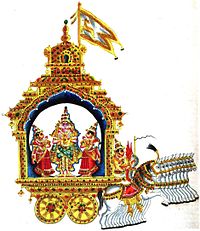
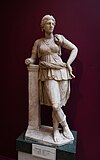
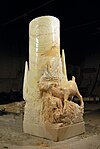
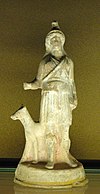









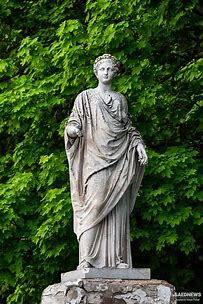
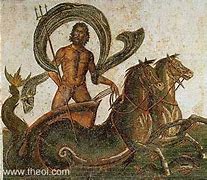
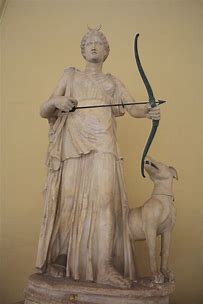

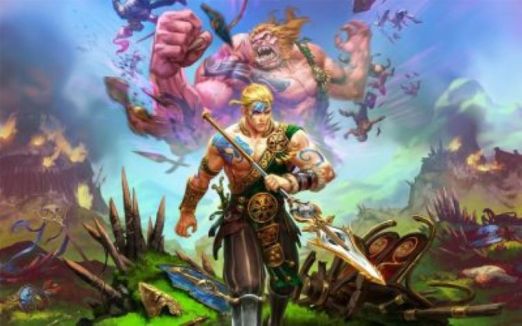



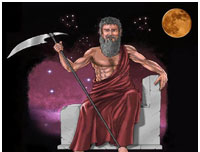

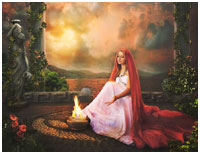






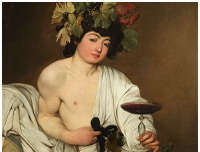
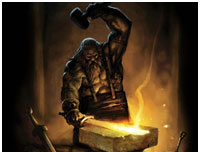

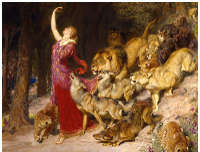

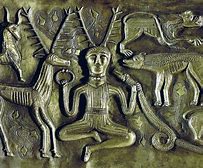

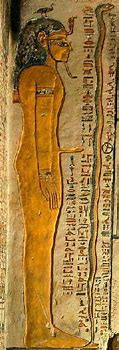



You must be logged in to post a comment.